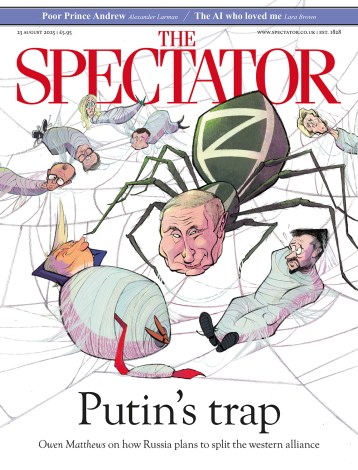Apostle of gloom
Few people turn to Henning Mankell’s work in search of a good laugh. He’s best known as the author of the grim and darkly fascinating Wallander series of Swedish crime novels, though he also produced a formidable body of other novels, as well as plays, screenplays and children’s books, before his death in 2015. After the Fire is his last book, now published in an admirably smooth English translation. It reprises the main setting and many of the characters of an earlier book, Italian Shoes, including the narrator. Fredrik is a former surgeon whose medical career was destroyed after he botched an operation. Now nudging 70, he lives alone on




















